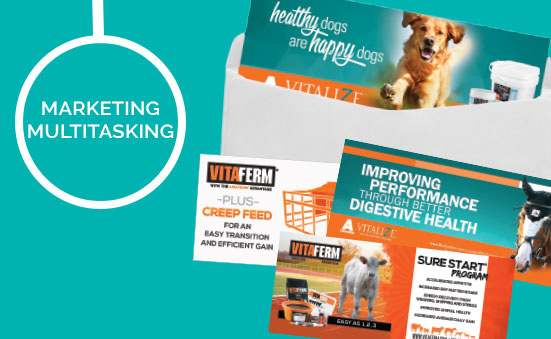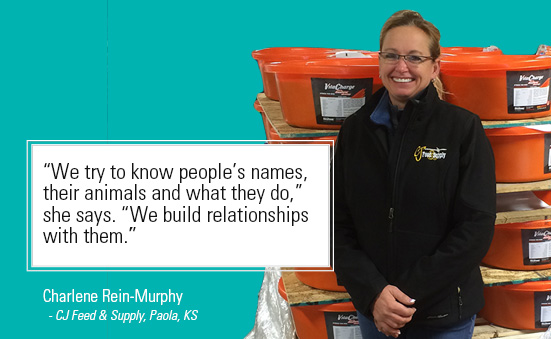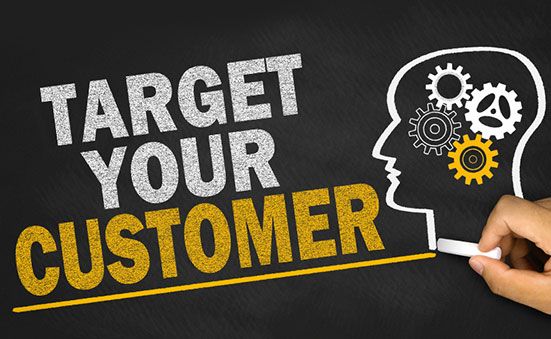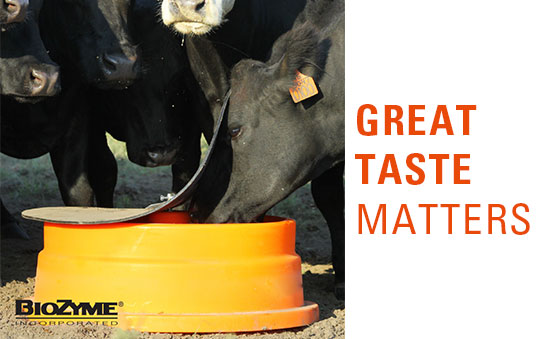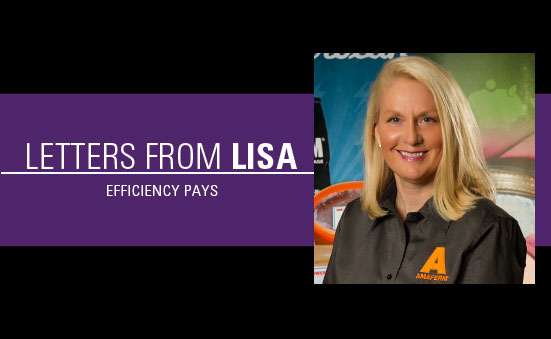While many studies lay claim that multitasking can actually reduce efficiency, I will argue that ‘marketing multitasking’ is a no-brainer. Unlike mobile devices that are distracting and often prohibit productivity, finding ways to inject marketing into tasks you are already performing is quite the contrary. In fact, marketing multitasking is an excellent opportunity to multiply your effort.
You wake each morning with a standard routine that must happen in order to operate your business. You get dressed. You go over important tasks with your staff. You communicate with your customers during the sale, at checkout, and hopefully, you follow up. You invoice clients. Perhaps, you spend time driving to deliver product. You attend events, such as stock shows, where you simply visit and support your customers. Because you are accustomed to this routine, it is possible that you overlook marketing opportunities that can be easily injected into those everyday tasks at little to no cost.
Let’s touch on a few marketing multitasking ideas that can be incorporated into your normal business routine:
Staff Dress Code. You should never underestimate the value of apparel or wearables. Next time you are at the mall or large event, take a look around. Count how many shirts you see with brands like Nike, Under Armour, Carhartt and other popular brands. You’ve just been marketed to – many times over. Outfitting your staff with branded apparel creates walking advertisements for either your company and/or the brands you represent. Clothing can be used as conversation starters and magnet for potential customers, and they work overtime! How is that? If you invest in attractive apparel that your employees or customers like, they will wear them everywhere, even when you don’t ask. Being strategic about getting dressed in the morning is a cost effective, fun way to market.
Invoices. For dealers who snail-mail to send invoices or statements to customers, consider adding a product stuffer to the envelope. This is a small piece of paper designed to fit perfectly in an envelope and tells your customer about a new or related product they could benefit from. While you’re spending money on postage, you might as well include something that could spark interest and generate additional sales. For those who utilize electronic billing systems, you can also take advantage of this by attaching a PDF flyer in your email or, better yet, including a coupon for your customer’s next purchase.
Checkout Chatter. The short period of time a customer stands at the counter to check out is a perfect time to introduce them to upcoming promotions, new products or simply ask them if they are satisfied with the customer service they received. It’s the perfect time to up sell or receive feedback on their experience.
Vehicles. As a feed dealer, it is a given you spend much of your time on the road or have a vehicle out and about on any given day. A great way to increase brand awareness is with a vehicle wrap to advertise your dealership or a magnet that has your contact information, creating a traveling billboard.
Show Sponsorship. You will likely attend a stock show at some point throughout the year, whether with your family or to support your customers. While you’re there, wear your branded apparel and consider a sponsorship of product for class winners or champions. Ask if the show will announce your sponsorship over the microphone throughout the event and let people know where they can purchase product. Signage at these events is always a great way to increase awareness, and depending on the event, can come at a low cost.
Employee Time. If you have employees who have some downtime throughout the day, ask them to utilize that time writing thank you notes to your customers. You can never thank your customers enough, and a simple note will pay dividends.
As business owners, you face two important challenges each day:
1) feeling as if 24 hours is not enough to get everything accomplished and 2) engaging with your customers on a level so they know they are important and that you care. Our world is becoming more demanding of our time, and communication space is more cluttered. Rather than revolutionizing your marketing plan and falling short because you don’t have the time or resources to pull something big off, evaluate current activities to know if you are being fully efficient in the tasks you are already performing. And, more importantly, understand your customers’ worlds are just as cluttered as yours. Personalize your marketing efforts to speak to customers about what specifically interests them. By respecting their time and catering to their needs rather than cramming them into a one-size-fits-all plan, you will create engaged customers who appreciate your effort and who will remain loyal to your business.
